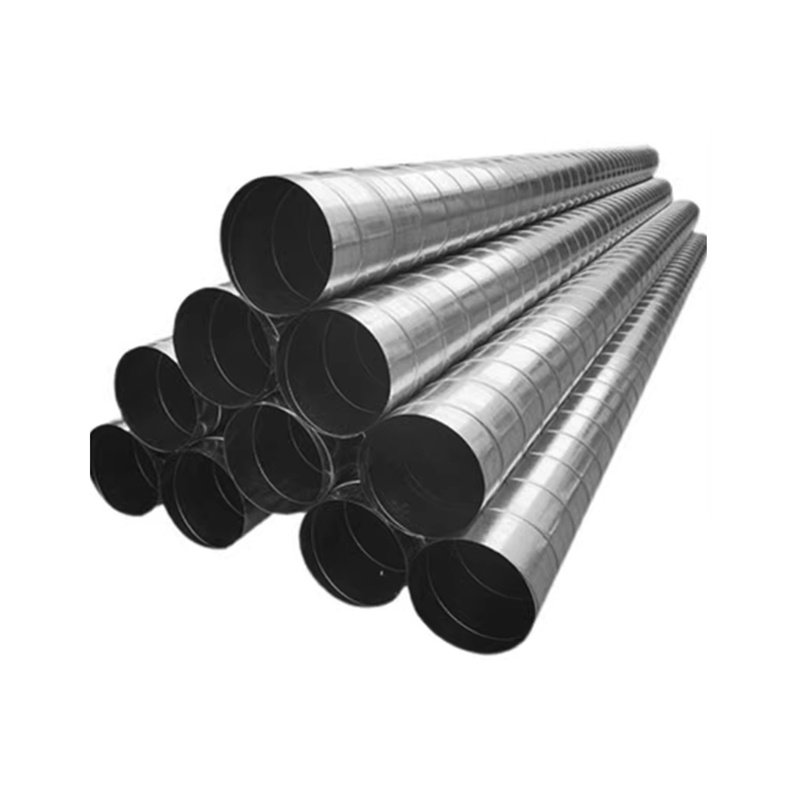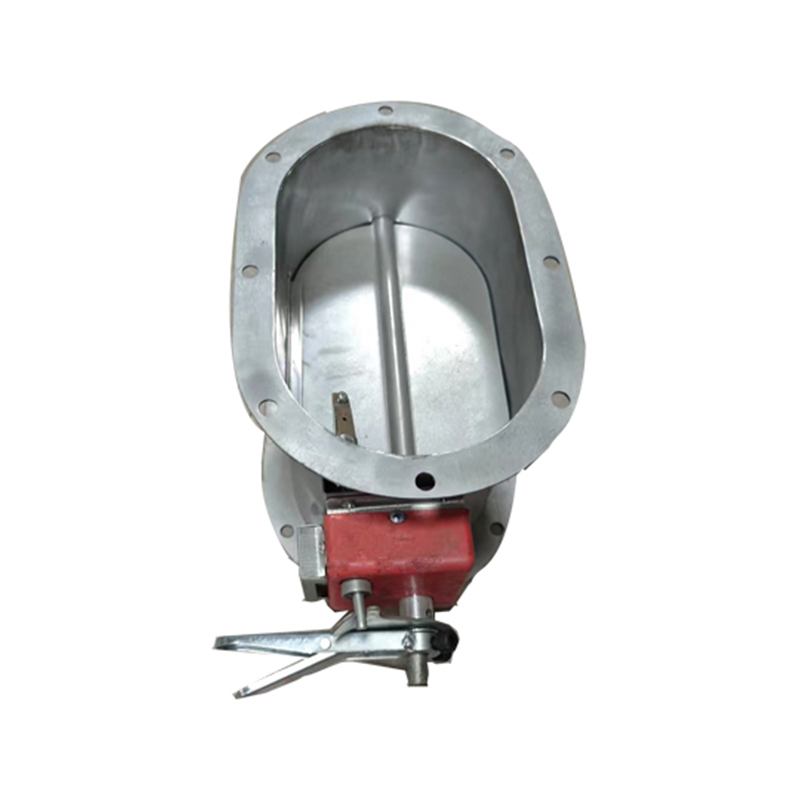How does a single layer louver vent guide the direction of airflow?
Release Time : 2025-07-29
The guiding effect of single layer louver vent on the direction of airflow is mainly achieved through the angle design of the blades. These blades are not fixed, but can be adjusted as needed to change the path of airflow discharge or entry. When the blades are at different angles, the airflow will flow along the inclination direction of the blades, forming a regular air supply or exhaust trajectory, avoiding the disorderly diffusion of the airflow, making the air flow more in line with actual use needs.
The inclination angle of the blade directly determines the deflection of the airflow. For example, when the blades are tilted upward, the airflow will be guided to flow upward, which is suitable for scenes where air needs to be supplied to high places; when the blades are tilted downward, the airflow will be deflected downward, which can better cover the area near the ground. This flexible change of angle allows single layer louver vent to accurately guide the airflow to the target area, improve the efficiency of air circulation, and avoid energy waste.
In the horizontal direction, the blades of single layer louver vent can also guide the airflow to deviate left and right. By adjusting the horizontal angle of the blades, the airflow can spread to the left or right to cover a wider horizontal space. This design is particularly useful when concentrated air supply is required in large rooms or specific areas. It can evenly distribute the airflow within a specified range to avoid the problem of poor air circulation in local areas.
The spacing and arrangement between the blades also enhance the ability to control the direction of the airflow. Maintaining an appropriate spacing between the blades will not hinder the flow of airflow, and each blade can guide the passing airflow. The neatly arranged blades form a unified guide channel, allowing the airflow to flow in the preset direction when passing through, reducing the mutual interference between the airflows and ensuring the stability of the guiding direction.
For scenes where it is necessary to avoid the airflow blowing directly to the human body, the guiding role of the single layer louver vent is even more important. By adjusting the blade angle, the airflow flows along the wall or ceiling, and then gradually spreads to the entire space, which can not only ensure air circulation, but also avoid the discomfort caused by direct blowing. This indirect air supply method makes the indoor environment more comfortable, especially suitable for places where people stay for a long time, such as offices and bedrooms.
In the exhaust scene, the single layer louver vent can also effectively guide the direction of the airflow. It can discharge the dirty air in the room in a set direction, such as guiding it to a specific outdoor area to prevent the discharged air from flowing back into the room. At the same time, a reasonable blade angle can reduce the interference of external airflow on exhaust, ensure the smooth exhaust process, and improve the efficiency of air replacement.
In addition, the overall linkage design of the blades makes it easier to guide the airflow direction. The blades of some single layer louver vents can be adjusted at the same time through an adjustment rod, so that all blades maintain a consistent tilt direction, ensuring that the airflow can form a unified flow trend. This linkage adjustment is not only simple to operate, but also ensures the consistency of the airflow direction, making the air flow in the entire space more orderly, and giving full play to the guiding role of the vents in air circulation.







